By Russtum G. Pelima
MAASIM, Sarangani (October 11, 2007) – "Camping here would be very good, too."
From an altitude more than 3,000 feet above sea level, Governor Migs Dominguez made the impression to the T'boli residents and friends who came along with him and Vice Governor Steve Solon to sitio Datal Basak on October 5.
The group was inspecting the rehabilitated eight-kilometer road now passable to four-wheel vehicles.
At high noon, the road to Datal Basak was foggy, seemingly living up to its former image as bandits' lair.
This village of 166 people is part of barangay Kablacan, a forested area in the 50s; logged in the 70s; and suffered flooding in its lowlands years later.
The barangay experienced a nine-month drought in the 90s followed by grasshopper and rat infestation.
In 1987-1988, the communist movement gained ground in Kablacan "tungod sa bulok nga sistema nga gipatuman sa gobyerno ug sa pagpangdaug-daug sa mga katawhan" ( because of the inefficient system of the government and oppression by some government officials), according to a barangay documentation.
By 1990, "nakita sa mga katawhan nga mi-abuso ang mga CPP-NPA sa ilang mga ginahimo ngadto sa mga katawhan ug wala na nakasabot ang mga tawo sa direksiyon nga ilang gipatuman. Tungod niini, mitukod sila ug usa ka organisasyon nga mosupak sa kalihokan sa mga NPA, mao ang Alsa Masa. " (The CPP-NPA showed abuses among the communities and misled them. So, they organized the Alsa Masa to counter the NPA.)
The story of Nolding Lanon, 32, has also helped in changing the image of the once barren and war-torn highlands.
"Years ago I was with some scores of bandits making trouble in villages here," he recalled. Today Nolding is best performing technician of the Polo Samahang Nayon Cooperative who attends to pineapple growers' needs.
"Finally, we have hope for our highland communities," Gov. Dominguez remarked.
Earlier in the day, Dominguez led local officials in the joint medical mission in Kyumad Elementary School with Dole Philippine's Mahintana Foundation, Philippine Association of Medical Technologists, Kiwanis Club, and other civic groups.
The school has only five classrooms for the 252 Grade I to Grade VI pupils, with only three teachers.
"We are very happy helping the children here, and we are not here only for the pineapple but we also want to help," said Kevin Davis, general manager of Dole Philippines.
Pupils in Grades I and II received from the mission 147 hygiene kits. A medical check up indicated a lowered rate of soil-transmitted helminths (lukewarm-caused diseases) among the children by 8% compared to last year.
Most of the kids walk three hours daily from home to school.
Teacher Helen Nerpiol said of the place: "It's very difficult." It was her first experience as a teacher to be assigned in one of Sarangani's remotest schools.
From the highway, it takes some 10 kilometers of a rocky, uphill climb to reach the school.
With classroom shortage and inadequate school supplies of pupils, Nerpiol has to split her classes to morning and afternoon sessions to maximize their learning process.
But she said the pupils' number almost doubled with Dole's assistance. Dole has given in chairs and some reading books.
Mayor Jojo Lopez said the municipal school feeding program has started with the distribution of one kilo of rice per pupil daily from the National Food Authority.
With government and corporate people hanging around in these highlands, things are looking up.
"By now, there are nearly 2,000 hectares in Kyumad and Tahakayo planted with pineapple through Dole's growership program," Lopez said.
The national and local government had already poured in up to P38 million for farm-to-market roads, the mayor said.
Lopez said due to his town's economic turnaround, it has earned P160 million worth of investments, livelihood, roads, jobs and money in circulation.
Datal Basak was also being eyed by Dole for strawberry plantation due to its cold climate and elevation. Davis disclosed there would be a demo farm of about 20 hectares to be planted first before the tilling of 150 hectares for strawberry. (SARANGANI INFORMATION OFFICE/RGP)
Subscribe to:
Post Comments (Atom)




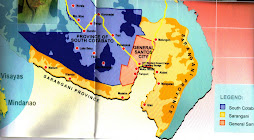

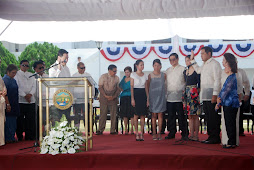
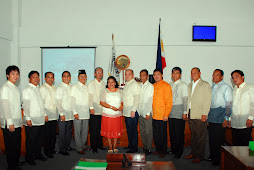


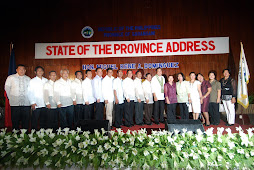
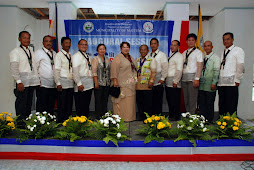







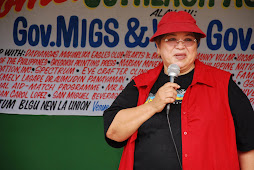














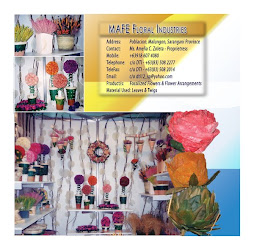




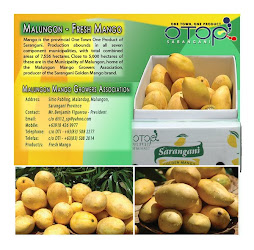
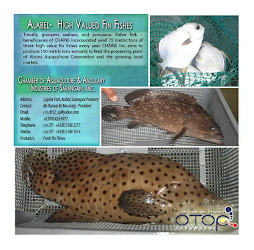


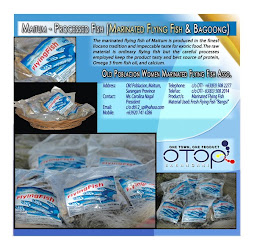




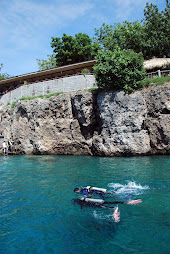
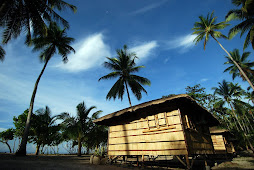



No comments:
Post a Comment